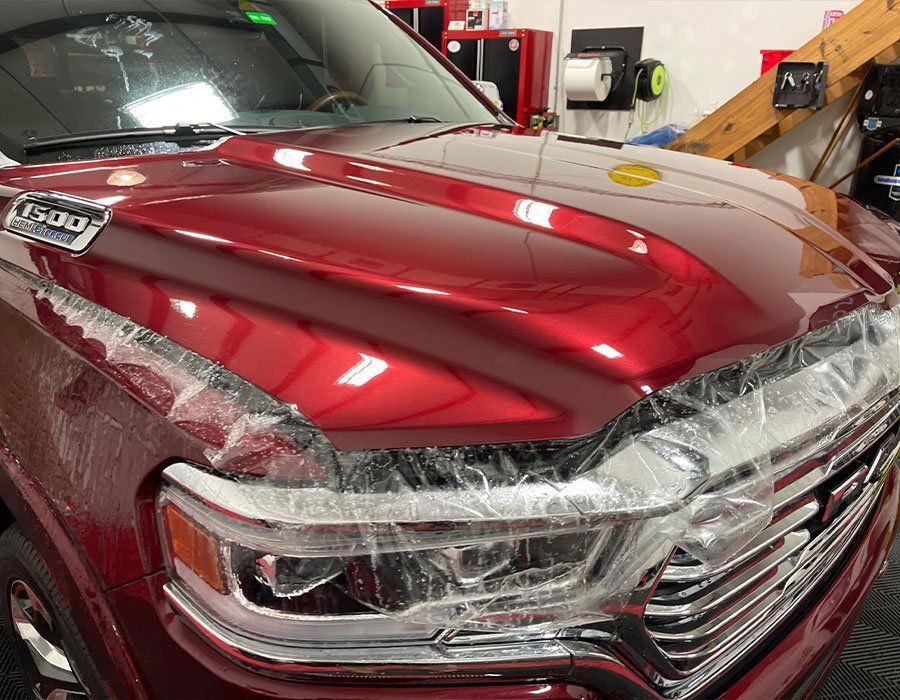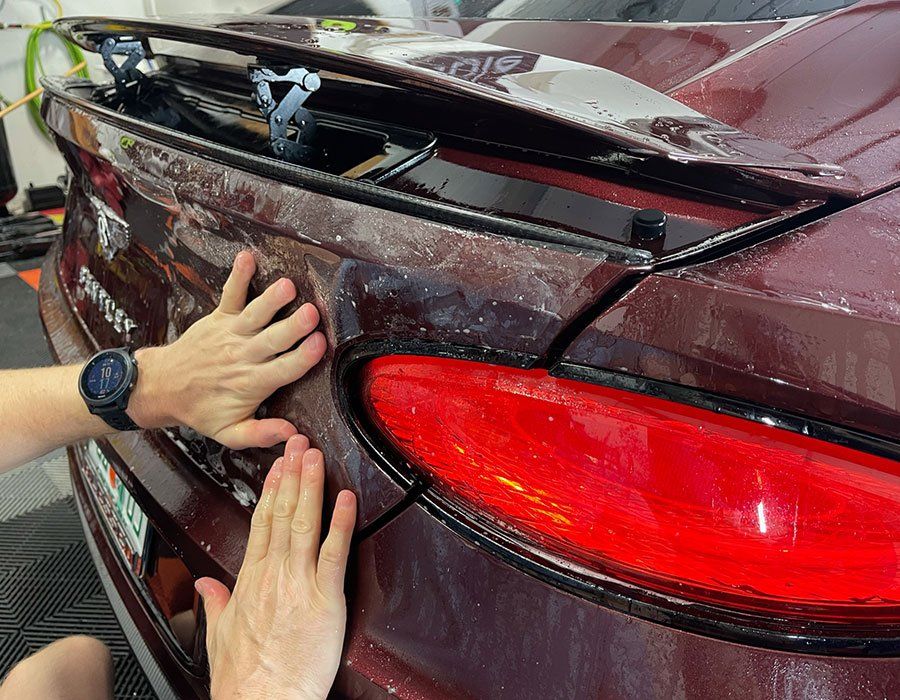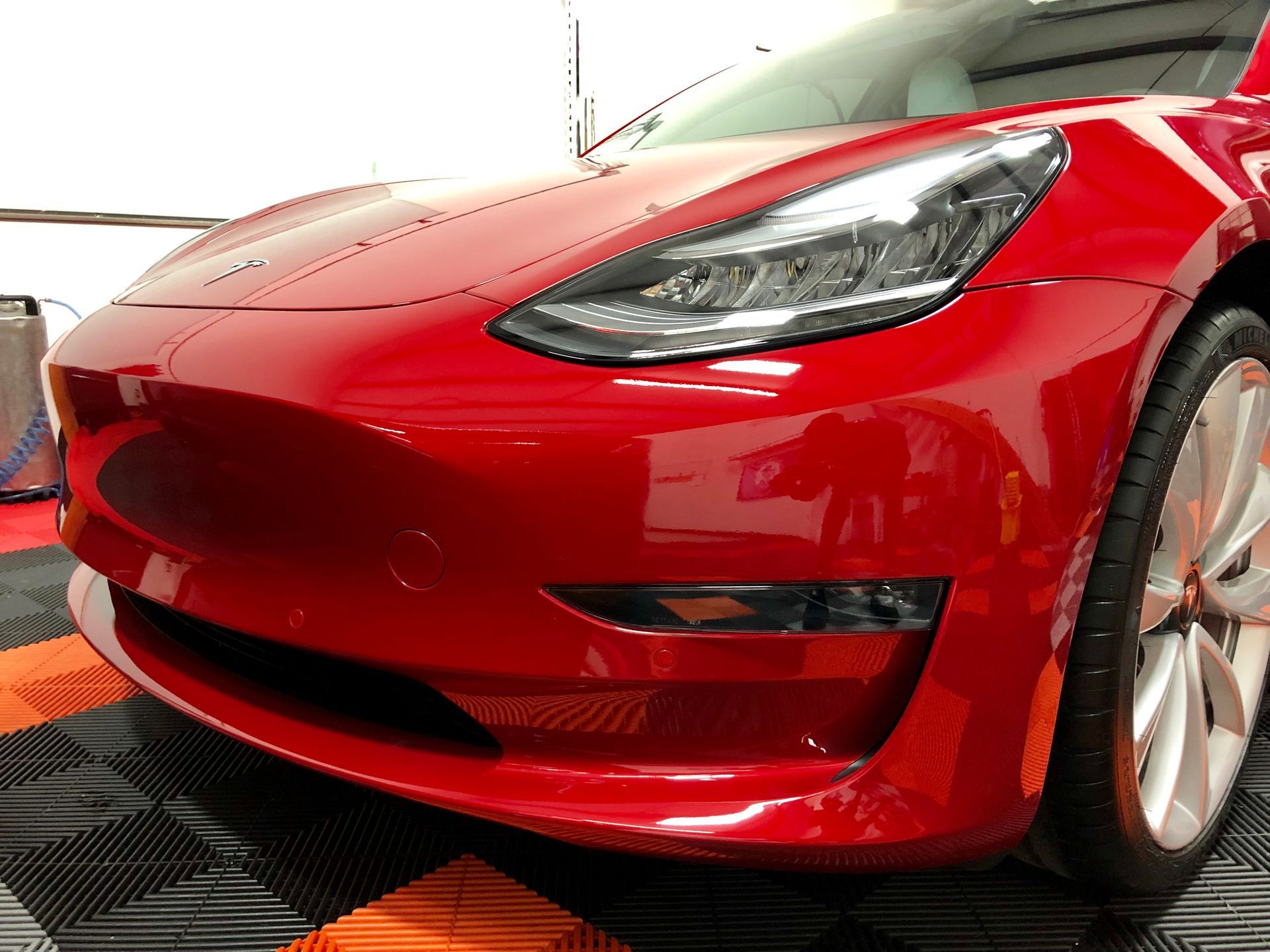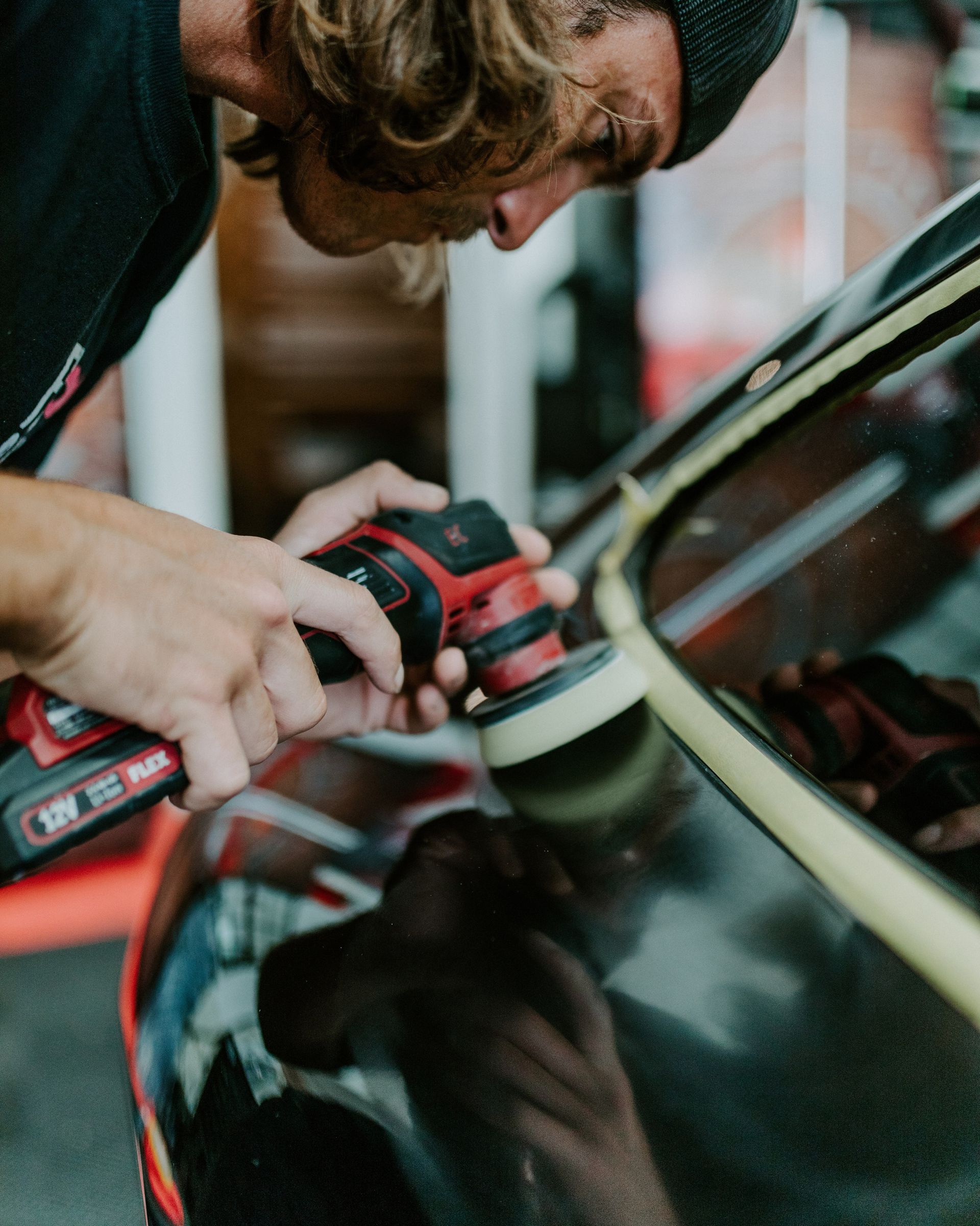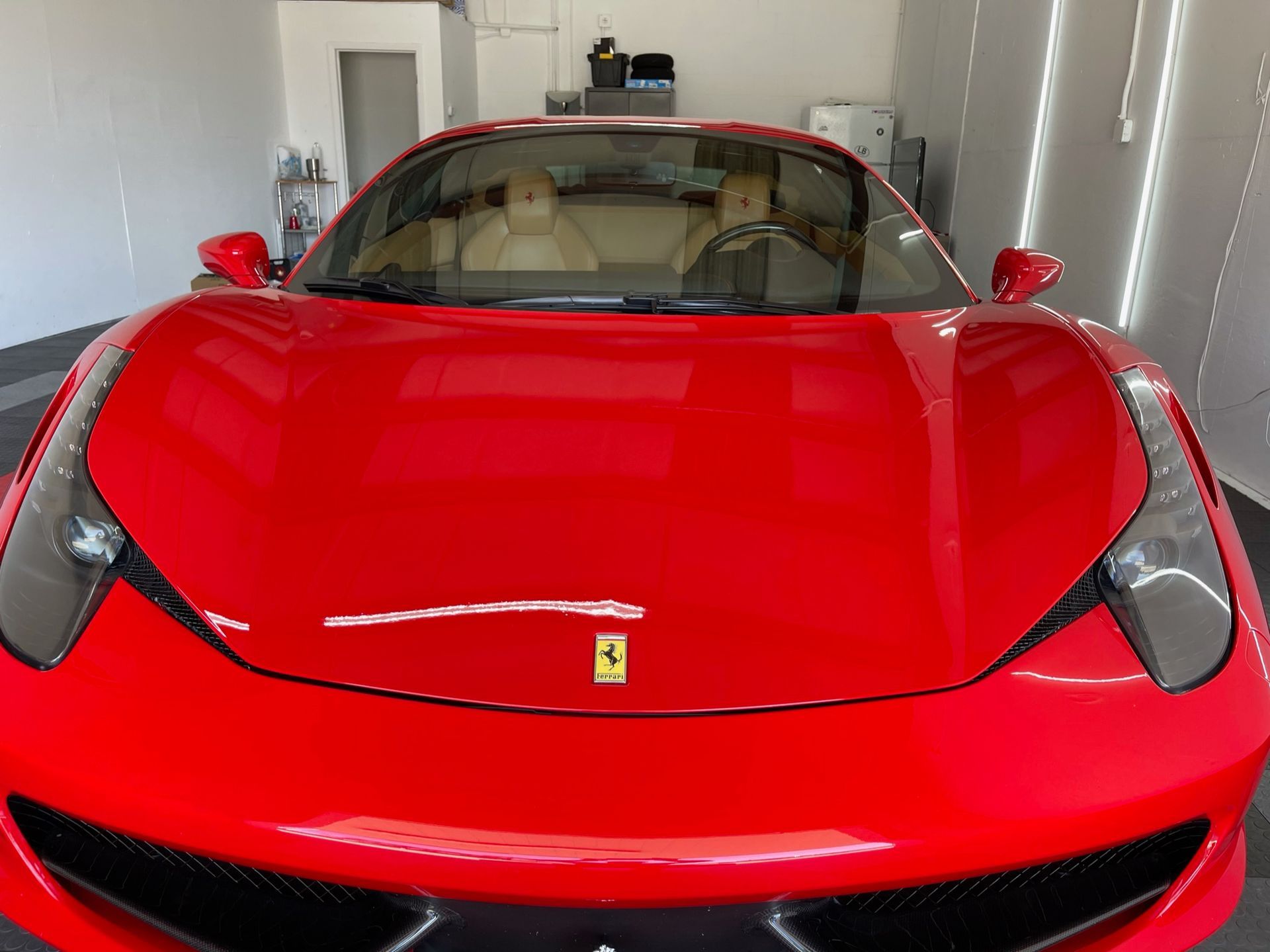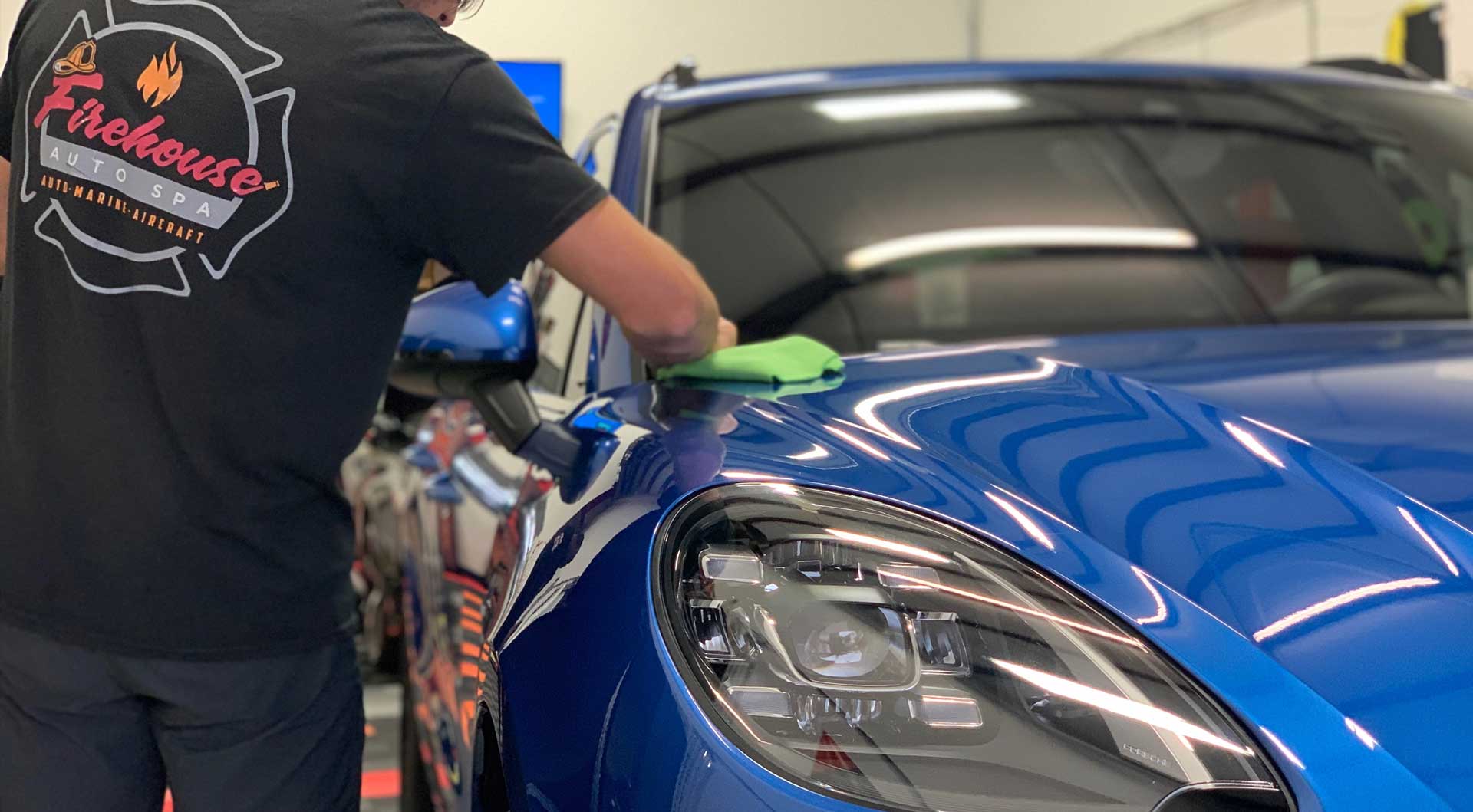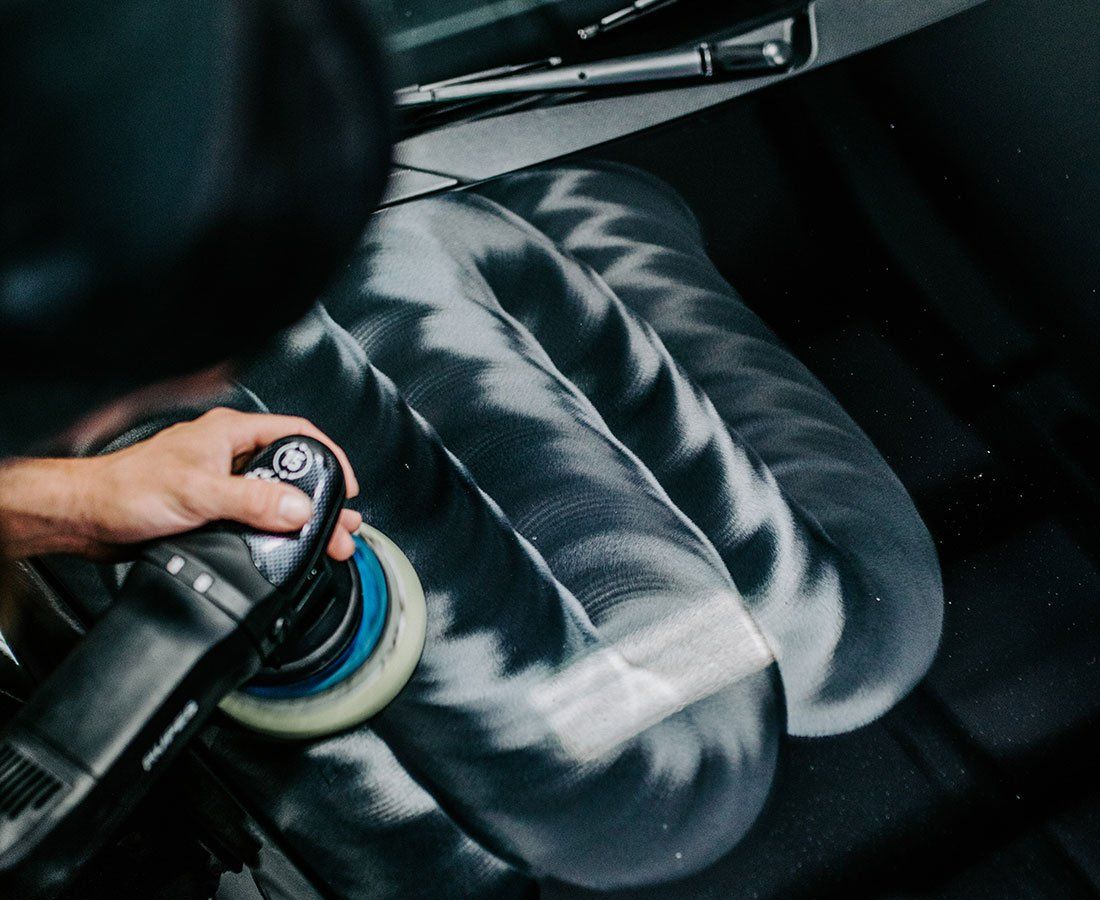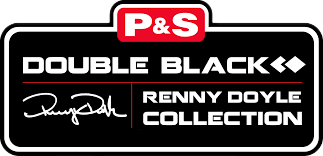Keeping your car looking its best can feel like an endless battle against rock chips, bug splatter, and the grime of the open road. If you've ever been frustrated by those tiny scratches marring your vehicle's paint, you're not alone. Many car owners want to protect their investment without the hassle of constant touch-ups and repainting. That’s where paint protection film comes into play. This transparent layer acts like an invisible shield for your car, safeguarding it from everyday wear and tear while also helping preserve its resale value.
Paint protection film is a transparent layer applied to your car's exterior that acts as a protective barrier against physical damage from rock chips, bug splatters, and various road debris. By absorbing impacts and providing UV resistance, PPF helps maintain the integrity of your vehicle's paint and enhances its overall appearance while preserving resale value.
PPF: Unseen Armor for Your Car
Paint protection film, often known as clear bra or invisible shield, serves as a nearly invisible barrier designed specifically to safeguard your vehicle from a myriad of potential damages. Every time you drive, your car encounters numerous threats, ranging from minor rock chips and bugs to harsh environmental conditions that can cause paint deterioration. However, the advanced technology behind PPF ensures that these everyday hazards cannot match its protective qualities. One of the standout features of PPF is its ability to absorb impacts. When you think about it, your vehicle's surface endures relentless pummeling from debris as you drive. PPF acts like a shield that not only minimizes the impact of road hazards but also prevents chips and scratches from reaching the underlying paint. Imagine a buffer between your precious paint and the outside world—PPF essentially becomes that first line of defense.
It’s also noteworthy that PPF blocks harmful UV rays. These rays can cause significant fading over time, especially if you frequently park outside or live in a sunny climate. If you've ever noticed how some cars lose their vibrant color, you'll understand the value of UV resistance. PPF effectively blocks UV rays, preserving your car's glossy finish and vibrant colors for years to come. You might be surprised to learn just how resilient this film can be. Not only does it protect against minor scratches but it also guards against environmental contaminants such as tree sap or bird droppings that could etch into your car's paint if left untreated. Apart from protecting against environmental issues, you’ll find that PPF contributes significantly to maintaining your vehicle’s aesthetic appeal. A well-maintained layer of PPF enhances the overall look of your car. By preserving that showroom shine and covering minor blemishes, it ensures that your vehicle truly stands out on the road. Think of it as an ongoing investment in appearance—a reliable way to keep your car looking pristine throughout its life.
Lastly, the benefit of PPF goes beyond mere aesthetics; it can have long-term financial implications as well. Vehicles adorned with well-preserved exterior finishes tend to fetch higher resale values. Wouldn’t you want to maximize the value when it comes time to sell or trade in? In essence, PPF isn't just a protective coating; it's a smart strategy for enhancing longevity and preserving the investment you've made in your vehicle.
Key Components of PPF
Understanding the components of paint protection film is essential for anyone considering this investment. At its core, PPF consists of several layers, each playing a unique role in safeguarding your car's paint.
- Clearcoat Layer: The outermost layer of PPF, the clearcoat, provides a glossy finish while serving as a shield against surface-level contaminants like dirt, bug splatter, and stains. It enhances appearance and prevents daily grime from affecting the underlying paint, keeping your vehicle looking clean and polished.
- Polyurethane Layer: This is the core layer responsible for impact resistance. The polyurethane layer absorbs the force from small rocks, debris, and minor abrasions, preventing chips and scratches. It’s the primary reason PPF is so effective in preserving your car’s original paint finish.
- Adhesive Layer: Located at the base, the adhesive layer ensures the film bonds securely to your vehicle’s surface without damaging the paint. It allows for smooth application and safe removal when needed, leaving the original paint intact and unblemished.
Together, these components create a multi-layered structure that delivers both durability and clarity, ensuring that your car’s aesthetic remains unaffected while benefiting from essential protection. Paint protection film not only stands up against physical damage but also offers resistance to harmful UV rays, which can cause paint fading over time.
Professional vs. DIY Application
When deciding how to apply paint protection film, vehicle owners are often torn between professional installation and the DIY route. Each option offers distinct advantages and challenges, depending on your skill level, tools, and expectations for the final result.
- Professional Installation: When it comes to applying PPF, professional installation comes highly recommended. The experts possess not only the experience but also the specialized tools necessary for a flawless finish. They utilize precise plotter-cut patterns specifically tailored for your vehicle, ensuring that every inch fits perfectly. Moreover, they often use specialized slip solutions to aid in positioning the film without creating bubbles—a common pitfall for many beginners.
- DIY Application: For those with a penchant for hands-on projects, DIY application is certainly an option worth considering. Many modern kits are designed with users in mind; they often include pre-cut shapes that align closely with specific vehicle makes and models, drastically simplifying the process. Just imagine rolling out a finely cut piece of PPF that appears custom-made for your car! While this technology exists to ease your task, it doesn't eliminate the challenges associated with applying the film correctly. One of the main hurdles is achieving a smooth and bubble-free surface—something that can prove trickier than it sounds. Even as someone familiar with automotive work, you might encounter misalignments or air pockets if you're not meticulous in your technique.
Whether you choose the precision of a professional or the satisfaction of doing it yourself, understanding the pros and cons of each method will help ensure a result that protects your vehicle and meets your expectations.
Maintenance and Repair Insights
Consistent upkeep of PPF not only keeps your vehicle looking pristine but also helps in preserving its protective capabilities over time. Just picture it: every time you take your car out, it's likely exposed to dirt, debris, and various environmental elements that could cause damage. To combat this, the key lies in establishing a regular maintenance routine tailored specifically for PPF.
- Washing Your PPF: Proper washing is essential to maintaining the longevity and appearance of your paint protection film. It is recommended to use only pH-neutral automotive soaps, as harsher chemicals can degrade the film and lead to premature wear. Washing should be done every 1–2 weeks using a gentle hand-washing method. A two-bucket system—one for soapy water and one for rinsing—helps prevent the reintroduction of contaminants to the surface. Use a soft sponge or wash mitt, and avoid circular motions, which can cause micro-scratches. Instead, wash in straight, even lines to maintain the clarity and integrity of the film.
- Drying Techniques: Proper drying is just as important as washing when it comes to maintaining paint protection film. It is advisable to use soft, lint-free microfiber towels, which are both gentle on the film and highly absorbent. To prevent micro-scratches, avoid vigorous rubbing. Instead, gently dab or blot the surface to remove excess water. This method ensures a safe and effective drying while preserving the clarity and finish of the protective film.
- Minor Repairs: Modern paint protection films are engineered with self-healing technology that allows minor scratches and scuffs to disappear when exposed to heat. To activate this feature, gently apply a low level of heat using a hairdryer or by parking the vehicle in direct sunlight for a short period. The heat softens the film, enabling it to return to its original, smooth state. This feature highlights the durability and advanced design of PPF when properly maintained.
- Regular Inspections: Routine inspection of paint protection film is essential for maintaining its effectiveness and appearance. A monthly check is generally sufficient to identify early signs of wear, such as edge lifting, bubbling, or discoloration. Detecting these issues early allows for timely corrective action, helping to extend the life of the film and prevent more extensive damage over time.
Imagine being able to spot a small flaw before it snowballs into significant damage; it's like being the guardian of your vehicle's aesthetics!
Evaluating Cost and Value
Understanding the cost of PPF installation allows you to weigh its long-term benefits effectively. On average, a professional installation ranges from $1,500 to $5,000, depending on factors such as coverage area—whether you opt for partial or full—and your vehicle type. While the price might initially appear steep, it's essential to consider the potential expenses associated with repainting. A quality paint job can easily run several thousand dollars, not to mention the time and hassle involved in coordinating repairs. The costs connected to maintaining your vehicle's appearance can pile up faster than one might expect. Every scratch or chip might seem minor, but collectively, they can diminish your car’s beauty and ultimately its value. Thus, investing in PPF stands out as a wise choice. Think of PPF as an insurance policy for your vehicle’s exterior; you'll save a significant amount of money on potential repaint jobs while preserving that showroom shine. Especially for luxury or high-performance cars where every detail counts, the resale value after proper maintenance significantly benefits from the presence of PPF, making it not just an expense but rather a strategic investment.
Long-Term Benefits Breakdown
- Resale Value: A well-maintained exterior courtesy of PPF can boost your vehicle’s resale value by as much as 15%.
- Durability: With proper care, PPF typically lasts 5-10 years. Its self-healing properties allow minor scratches to disappear with heat, making it remarkably resilient over time.
- Long-term Savings: By minimizing costly paint repairs due to cosmetic damage like rock chips and bug stains, PPF leads to substantial savings in maintenance costs.
As you assess these aspects, the conclusion becomes evident: investing in PPF is about more than just preventing surface damage; it's about preserving the value and appeal of your vehicle for years to come. This investment underlines a commitment not only to aesthetics but also to reducing future costs and enhancing longevity—benefits that far outweigh the initial expense. In summary, opting for paint protection film is not merely a precaution—it's a proactive approach to maintaining your vehicle's integrity and value over time.
Expert PPF Services in Jacksonville, FL
Protect your vehicle from the harsh Florida sun, road debris, and everyday wear with
premium paint protection film services from Firehouse Auto Spa in Jacksonville, FL. Our skilled technicians apply precision-cut film to shield your paint from chips, scratches, and fading—preserving your car’s finish and resale value. Whether you drive daily or cherish a weekend ride, trust Firehouse Auto Spa to deliver durable, near-invisible protection that keeps your vehicle looking its best for the long haul.
Schedule your PPF service and experience unmatched care for your car!




